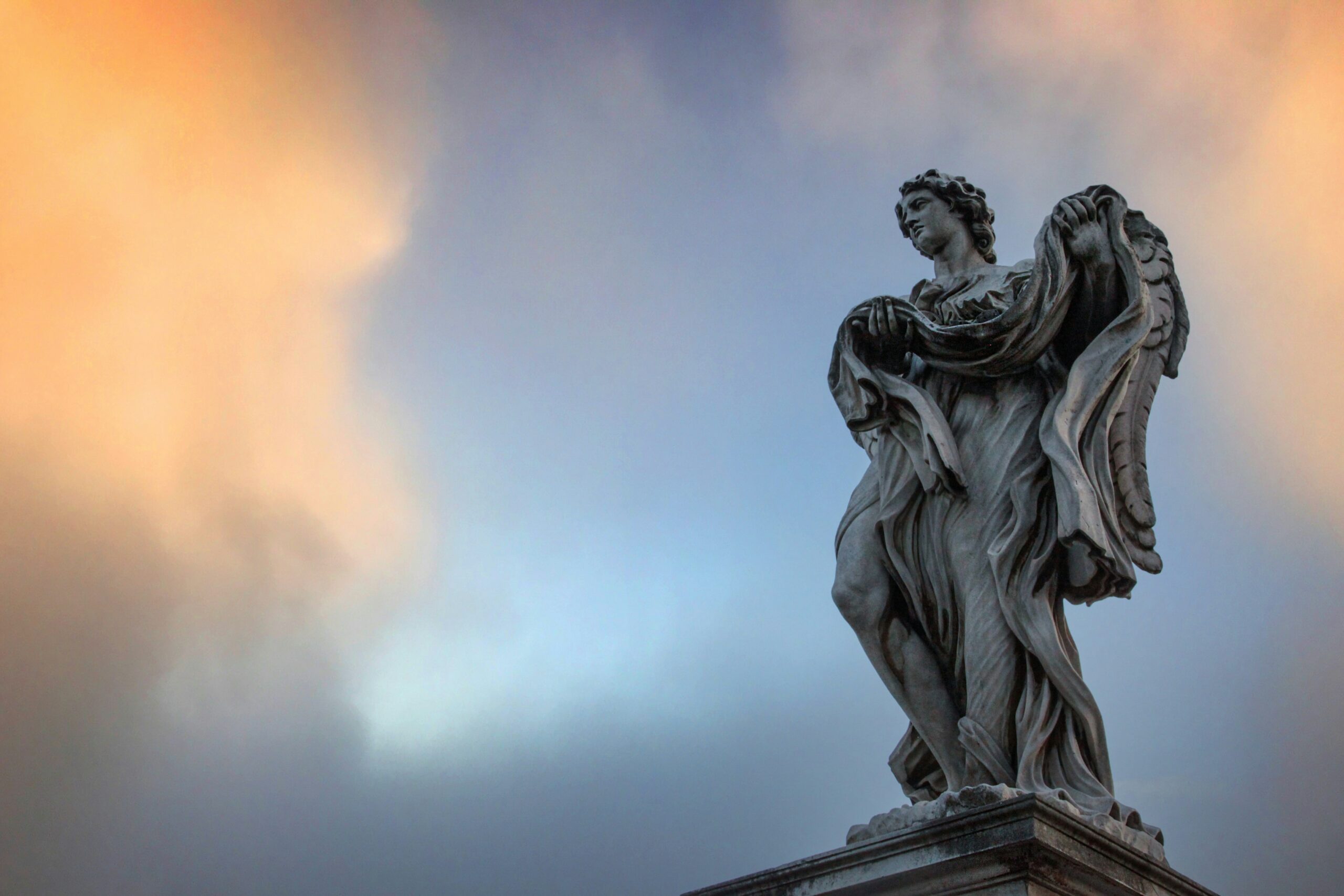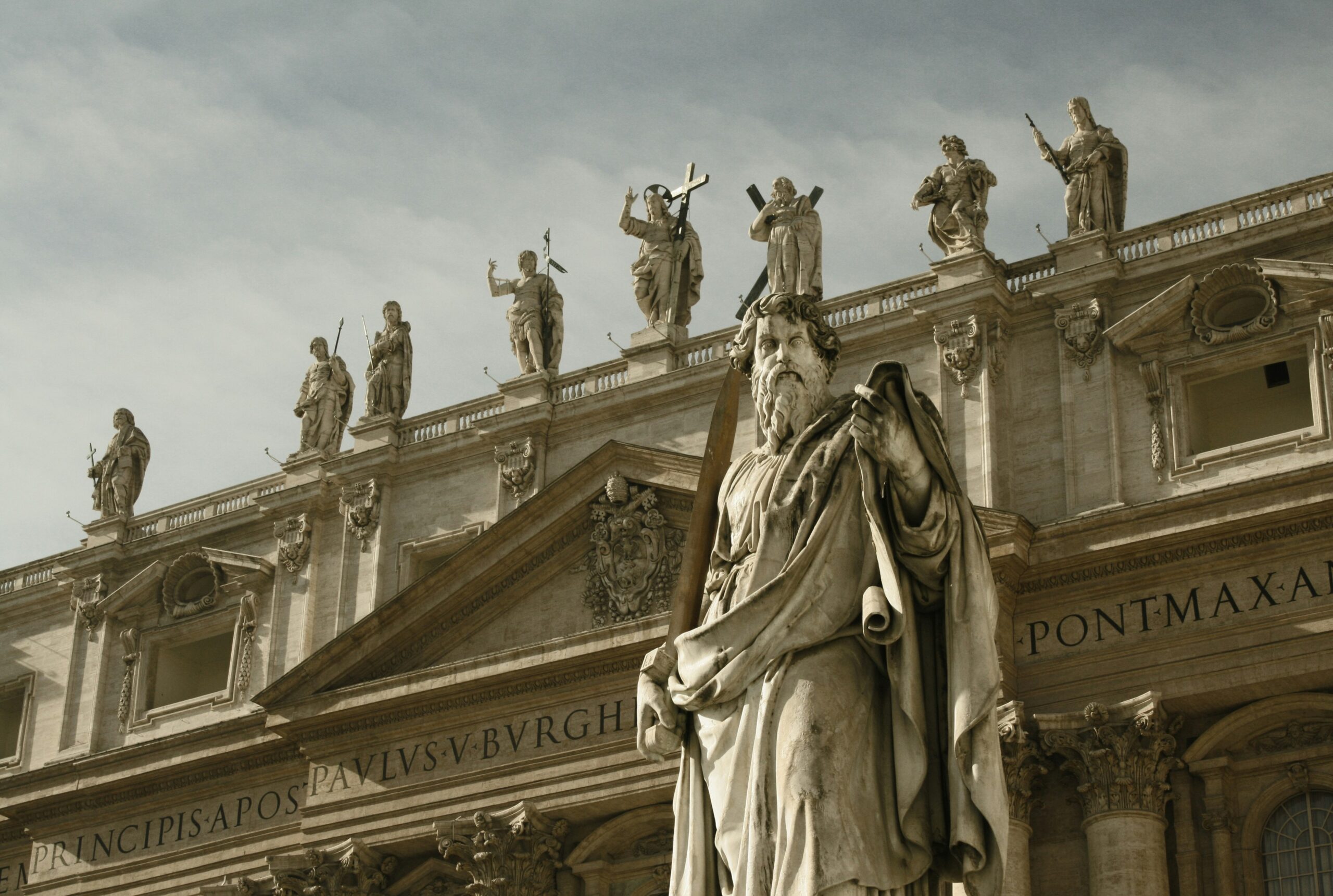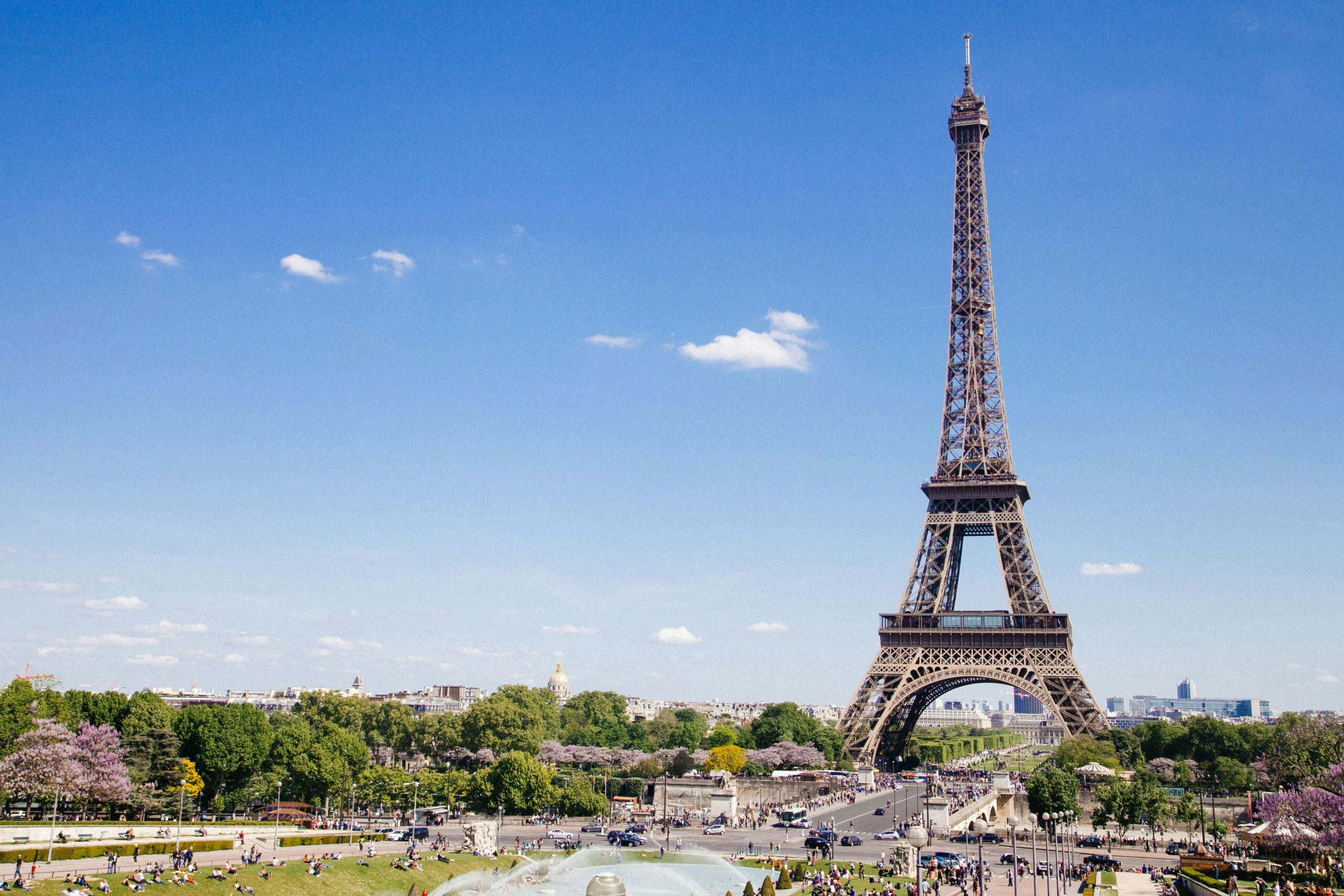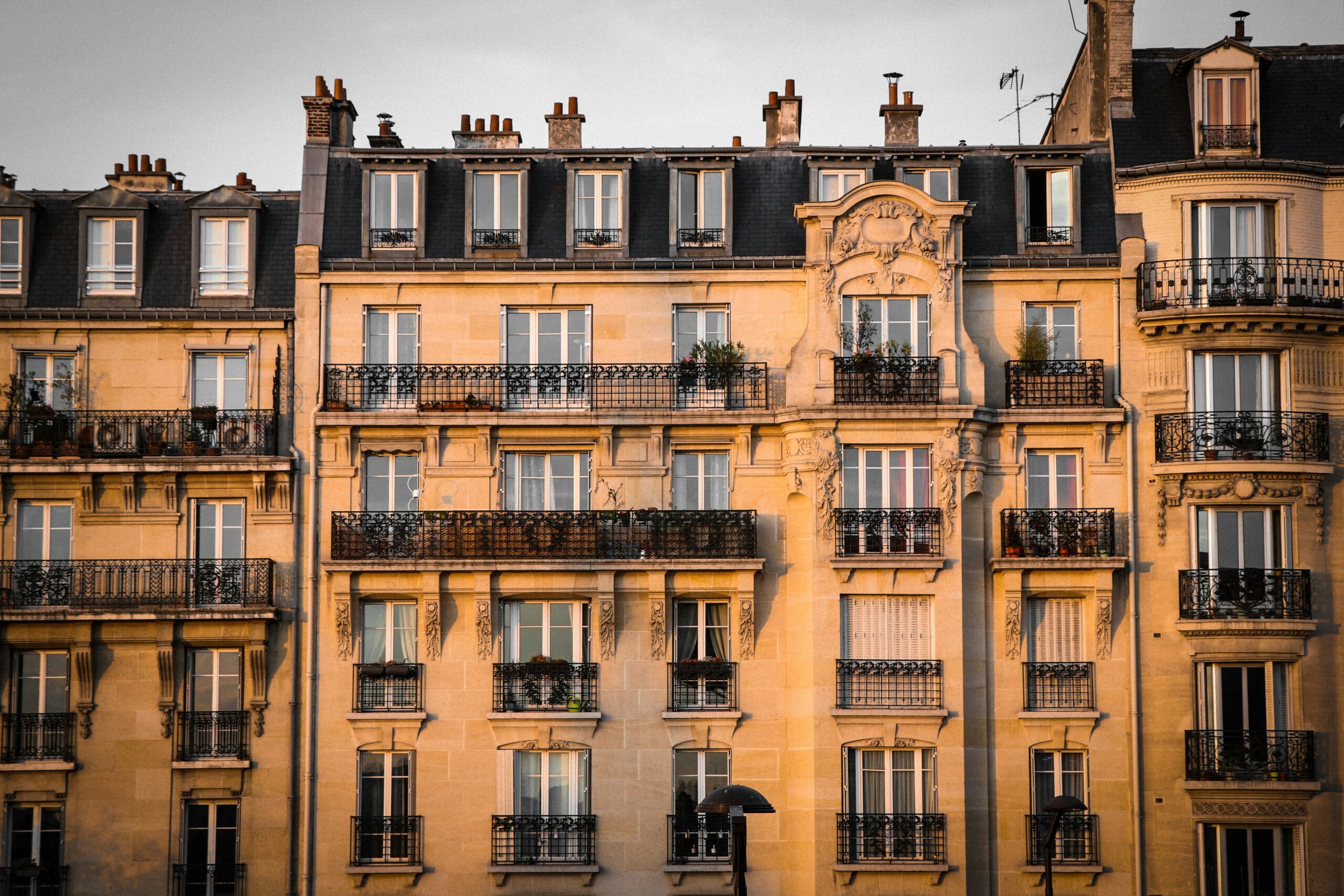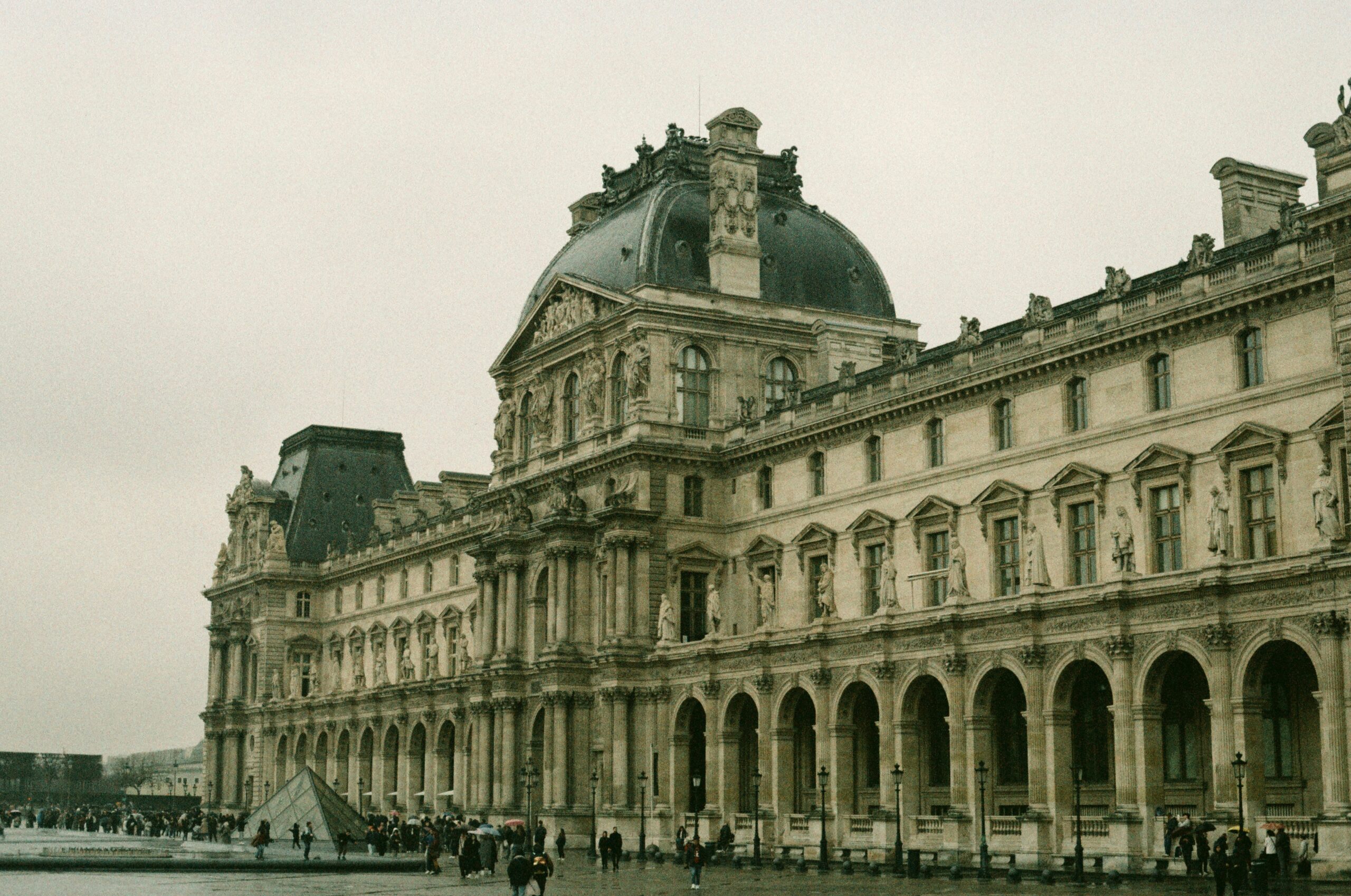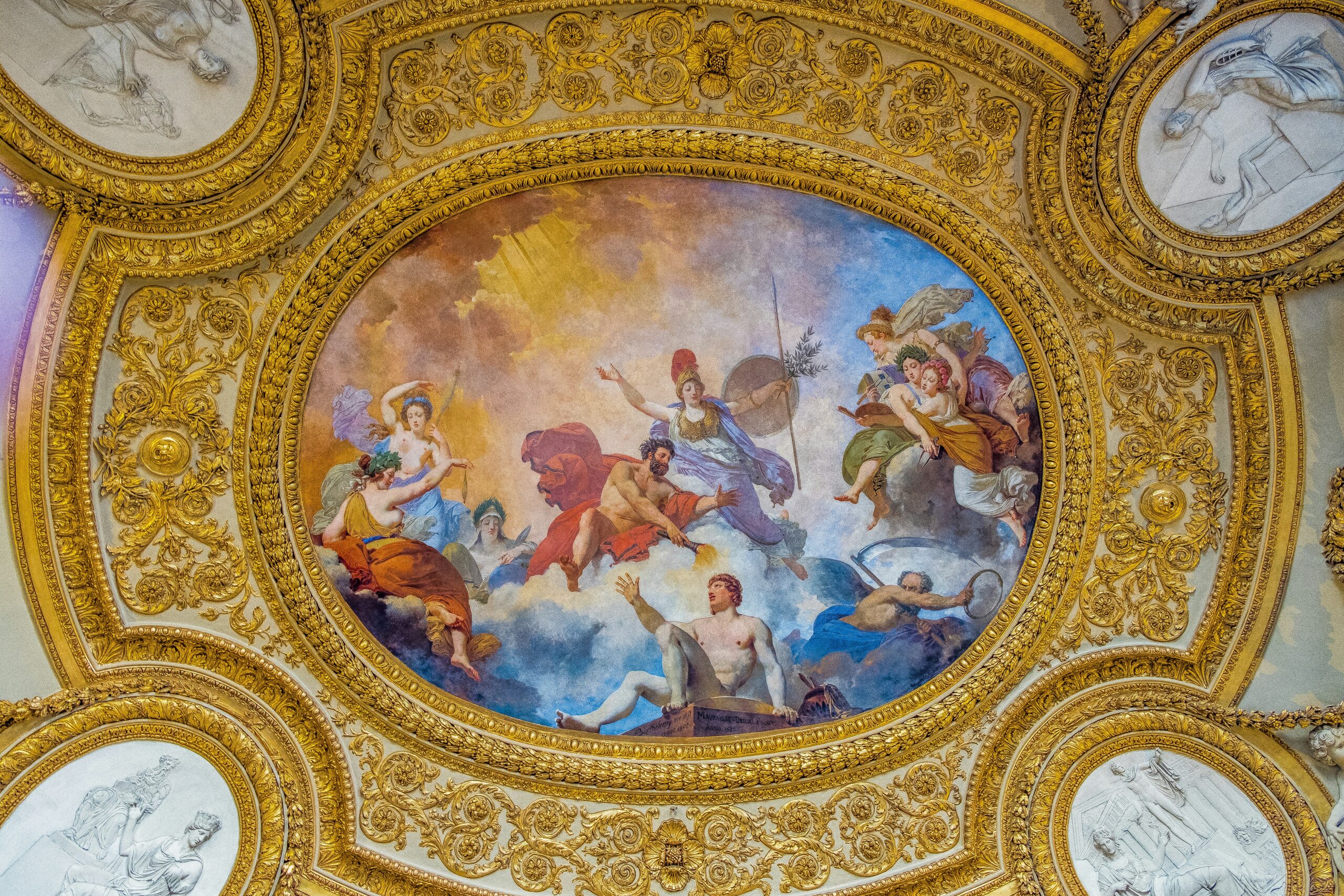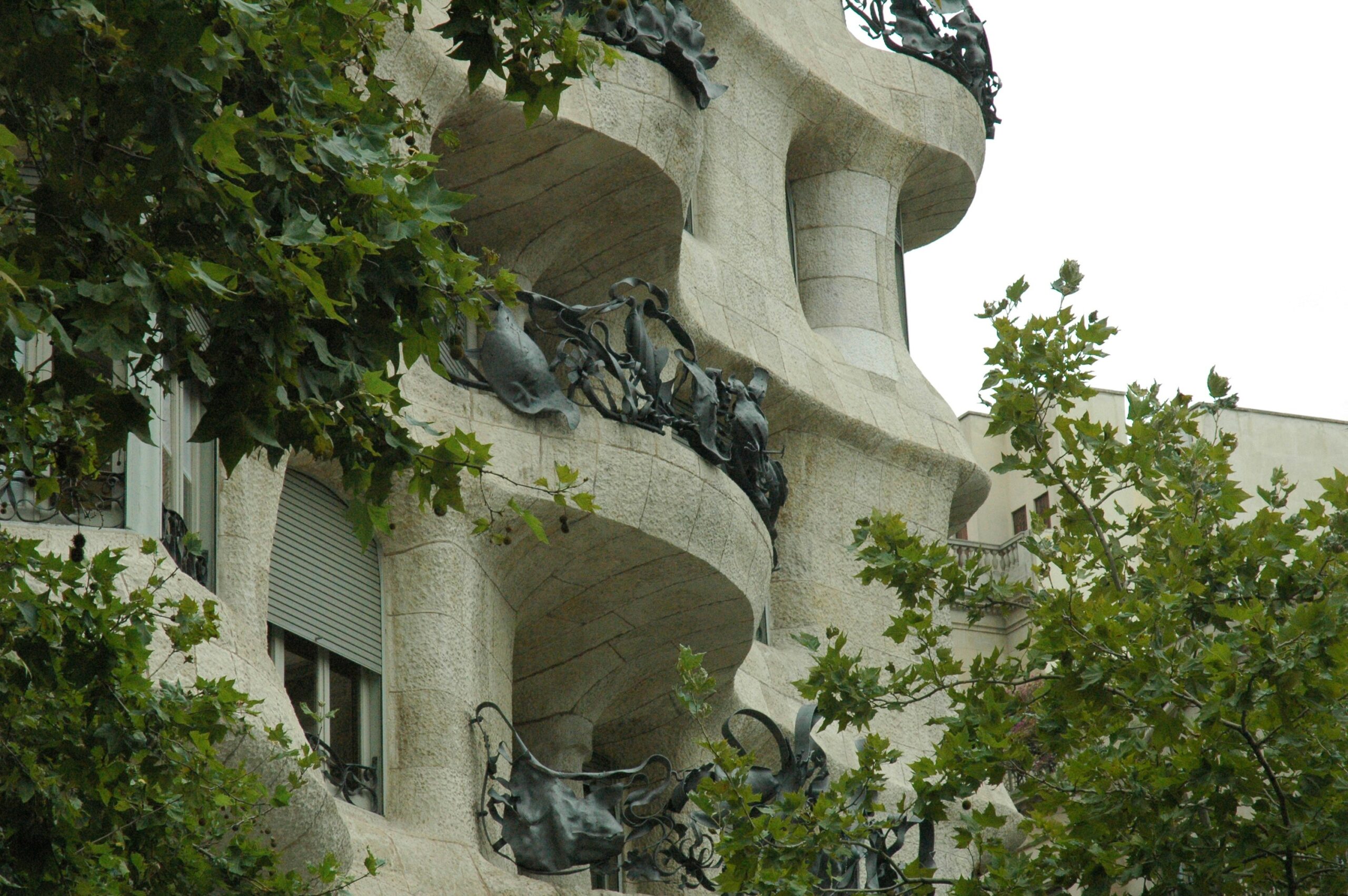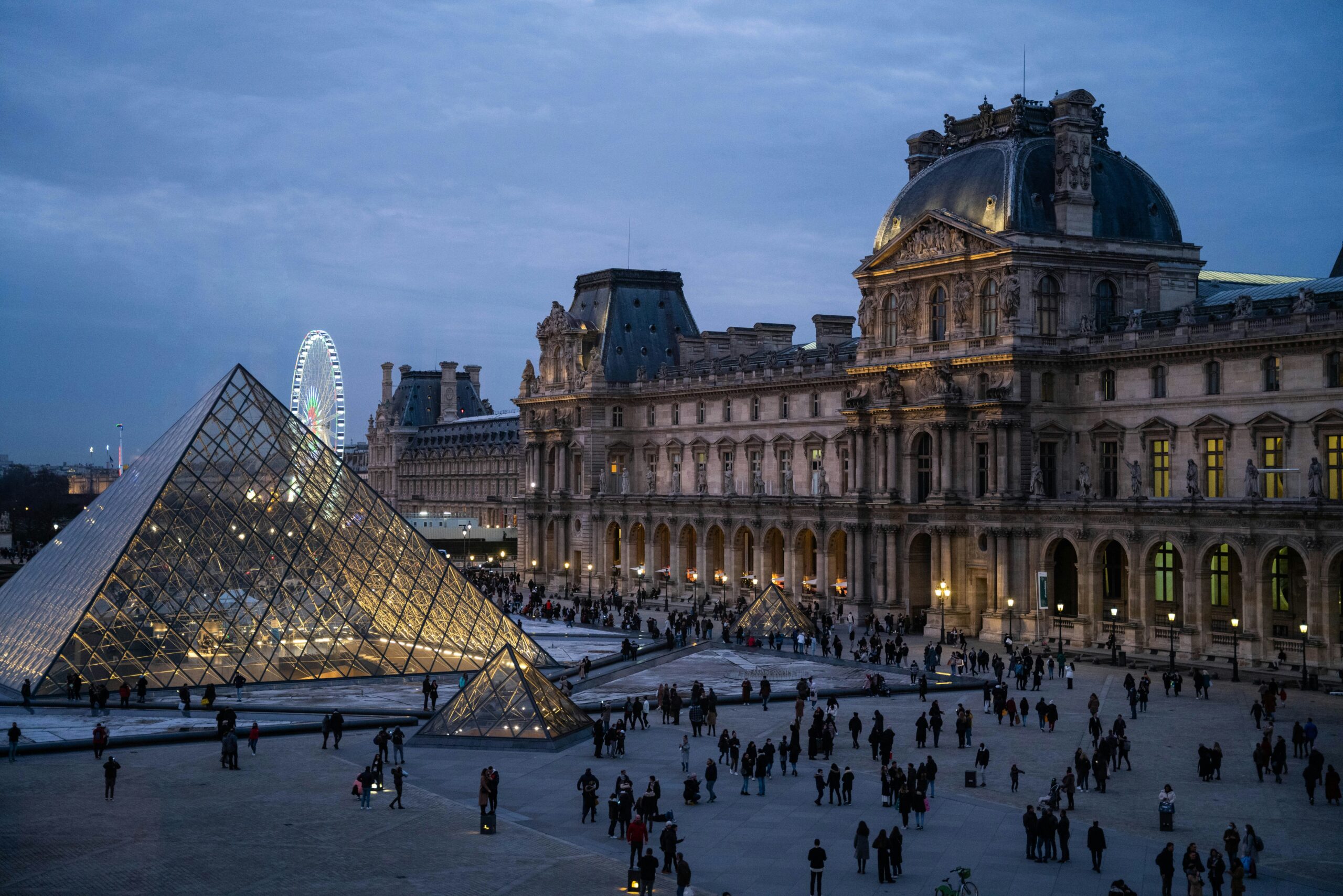Why is French Architecture Important?
Why is French Architecture Important?
Introduction
France is world-renowned for its art, cuisine, and culture, but one of its most significant contributions to global heritage is its architecture. From medieval castles to grandiose palaces and innovative modern designs, French architecture is an embodiment of the country’s rich history and artistic ambition. Whether you are a tourist, a history enthusiast, a food lover, or simply someone curious about global design influences, understanding French architecture is a journey through time, style, and innovation.
- A Legacy of Innovation and Influence
French architecture has influenced countless global styles, from Gothic cathedrals to modern urban planning. Many architectural movements, including Gothic, Baroque, Beaux-Arts, and Art Nouveau, found their origins or defining masterpieces in France.
Key Contributions:
- The Gothic style, pioneered in France, led to structures like Notre-Dame de Paris.
- The Beaux-Arts movement, which shaped buildings across Europe and the U.S.
- The Haussmannian style, which redefined urban living in Paris.
French design is not just about aesthetic appeal; it often carries deep symbolism, reflecting political, religious, and cultural shifts throughout history.
- The Iconic Medieval Castles and Fortresses
French medieval architecture stands as a testament to the country’s feudal past. These imposing structures were built for protection, grandeur, and to demonstrate power.
Famous Castles to Visit:
- Château de Chambord – A masterpiece of the French Renaissance.
- Carcassonne – A medieval fortress town with stunning battlements.
- Mont Saint-Michel – A breathtaking island abbey with striking Gothic spires.
These structures are not just tourist attractions; they provide insights into medieval engineering, the strategic importance of architecture, and how France defended itself through the centuries.
- The Gothic Marvels: France’s Architectural Gift to the World
The Gothic movement was born in France, leading to some of the most exquisite cathedrals the world has ever seen. The style is characterized by pointed arches, ribbed vaults, and massive stained-glass windows, which allowed for breathtaking light displays inside.
Must-See Gothic Cathedrals:
- Notre-Dame de Paris – A symbol of Parisian resilience and artistic genius.
- Chartres Cathedral – Famed for its well-preserved stained-glass windows.
- Amiens Cathedral – One of the largest and most harmonious Gothic buildings.
Gothic architecture revolutionized religious spaces, making churches not just places of worship but monuments of engineering and artistry.
- The Renaissance Elegance and the Rise of the French Palace
During the French Renaissance (15th-17th centuries), architecture took a turn towards symmetry, proportion, and grandeur. French kings commissioned lavish palaces that reflected their divine authority.
Most Iconic Palaces:
- Palace of Versailles – The epitome of absolute monarchy under Louis XIV.
- Château de Fontainebleau – A Renaissance jewel that housed Napoleon Bonaparte.
- Château de Chenonceau – The “Ladies’ Castle” known for its unique gallery over the river.
Versailles, in particular, became a model for royal palaces worldwide, influencing architectural designs from Russia to England.
- Haussmann’s Paris: A Revolution in Urban Architecture
Ever wondered why Paris looks so uniform and elegant? That’s thanks to Georges-Eugène Haussmann, who redesigned Paris in the 19th century.
What Haussmann Did:
- Created wide boulevards and uniform building facades.
- Implemented modern sewage and infrastructure systems.
- Designed a layout that made Paris a global standard for city planning.
This transformation made Paris safer, cleaner, and more navigable, setting the blueprint for modern urban planning.
- Art Nouveau & Art Deco: France’s Architectural Beauty Beyond the Past
France did not stop innovating after the Renaissance. In the late 19th and early 20th centuries, Art Nouveau and Art Deco styles flourished, blending art with architecture.
Where to See Art Nouveau and Art Deco:
- Métropolitain entrances in Paris – Designed by Hector Guimard.
- Villa Cavrois – An Art Deco masterpiece in northern France.
- Palais de Tokyo – A mix of Art Deco and modernism in Paris.
These styles reflected modernity, fluidity, and luxury, influencing architecture far beyond France.
- Modern & Contemporary French Architecture
Today, French architecture continues to push boundaries. Contemporary architects are combining sustainability with innovation, making France a leader in green urban design.
Notable Modern Landmarks:
- The Louvre Pyramid – A striking glass structure blending history with modernity.
- Centre Pompidou – An inside-out industrial-style museum.
- La Défense – A futuristic business district with bold skyscrapers.
France remains at the forefront of global architectural trends, proving that its design legacy is as vibrant as ever.
Conclusion: Why Should You Care About French Architecture?
French architecture is not just about beautiful buildings; it is a story of artistic movements, historical transformations, and cultural influence. Whether you’re admiring a medieval castle, a Gothic cathedral, a grand palace, or a modern skyscraper, you are witnessing centuries of innovation and excellence.
Next time you visit France, take a moment to truly observe its architecture. Each structure tells a story—one of kings, artists, revolutionaries, and visionaries who shaped the world we live in today.

